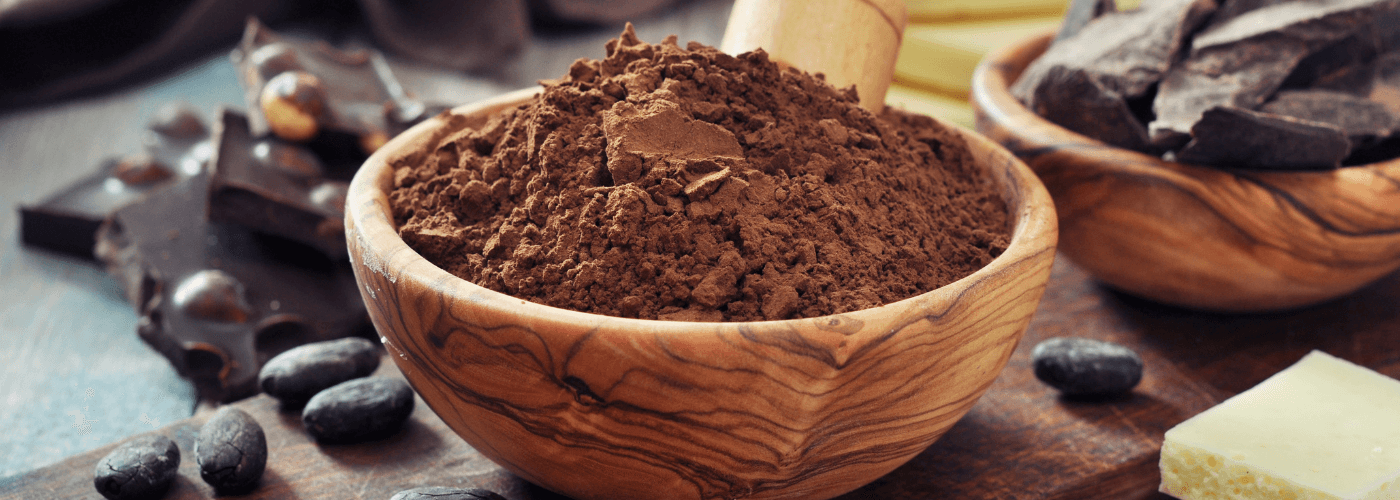
Cocoa powder is a staple for bakeries because it’s the primary ingredient in most chocolate flavoured cakes, pastries and cookies. It is this velvety dark powder that actually gives that intense chocolatey flavour to your baked items. Let’s understand cocoa powder in detail so that you can use it to create the most decadent of chocolate desserts.
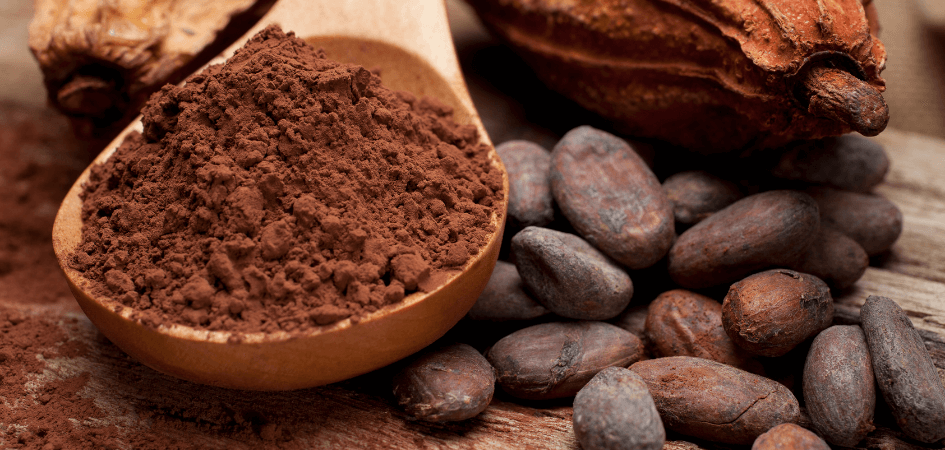
What is Cocoa Powder?
Everything that is chocolate originates from the cacao bean, a dried and fermented seed of the Theobroma Cacao plant. To make chocolate, first cocoa mass is extracted from the cacao bean and is subjected to high pressure, resulting in separation of cocoa butter. The dried remnants of this process are then finely ground into a powder and processed into what we call cocoa powder.
Types of Cocoa Powder
When you’re out shopping for cocoa powder, you’ll notice there are two main varieties available:
- Natural
- Dutch Process
The difference between these two types of cocoa powders mainly lies in the way they’re processed and their resultant acidity or pH levels. Note that natural and Dutch process cocoa powders are usually not interchangeable in most recipes, although they can be in some.
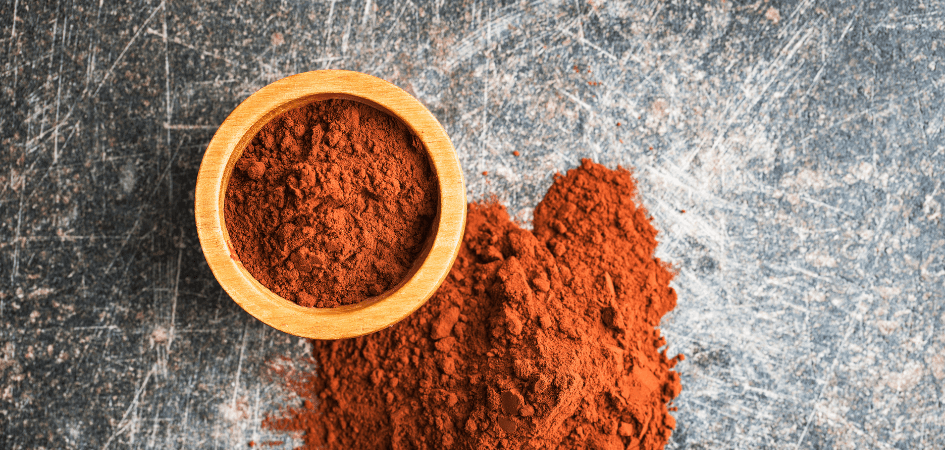
Natural Cocoa Powder
Pure and natural cocoa powder is slightly acidic, with a ph level ranging from 5.3 to 5.8. This acidity is a favourable trait in many recipes since it affects the taste and activates the leavening agents. Natural cocoa powder has a more intense flavour and is a lighter brown colour. The final chocolate product will also have a nice light brown colour akin to a bar of milk chocolate.
When should you use natural cocoa powder?
If your cake recipe has only baking soda and not baking powder as the leavening agent, then you should use natural cocoa powder as its acidity will help the reaction with the soda.
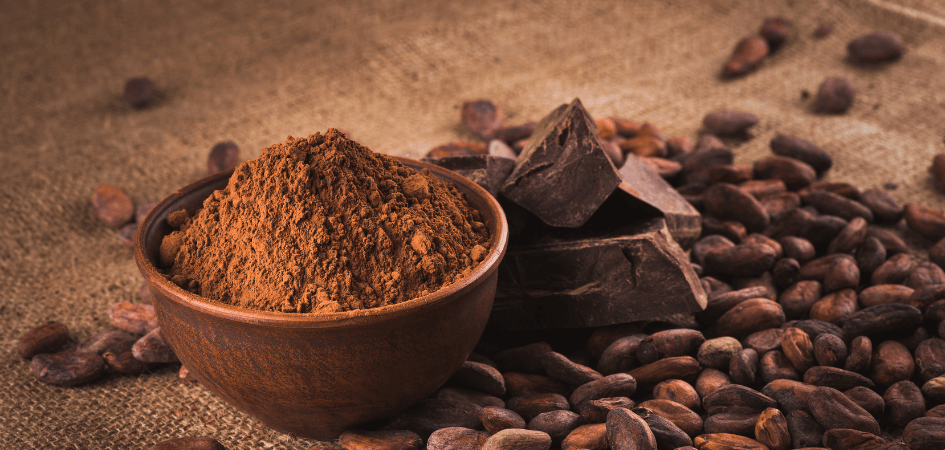
Dutch Process Cocoa Powder
When processing this type of cocoa powder, the cocoa beans are treated with an alkaline solution. This process is termed ‘Dutching’ and the resultant cocoa powder is called Dutch Process cocoa powder. The Dutching process brings down the pH of the cocoa powder to a more neutral range of 6.8 to 8.1.
Dutch Process cocoa powder has a darker brown colour with a milder flavour profile than natural cocoa powder. Since it’s chemically neutral, it mixes more readily with other ingredients. The final baked chocolate cake made using Dutch process cocoa will have quite a deep and dark brown colour, resembling a bar of dark chocolate.
When should you use Dutch Process cocoa powder?
If a recipe calls for baking powder as the leavening agent, then you can use Dutch Process cocoa since high acidity is no longer a vital requirement for the baking process.
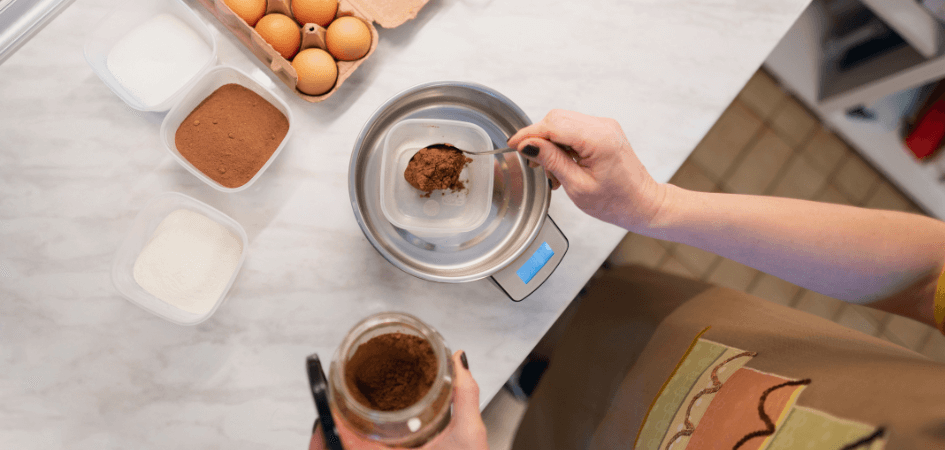
Tips on Using Cocoa Powder
Always measure your cocoa powder by weight for more accurate recipes. Since it’s so finely ground, using volumetric measurements can give you inconsistent results.
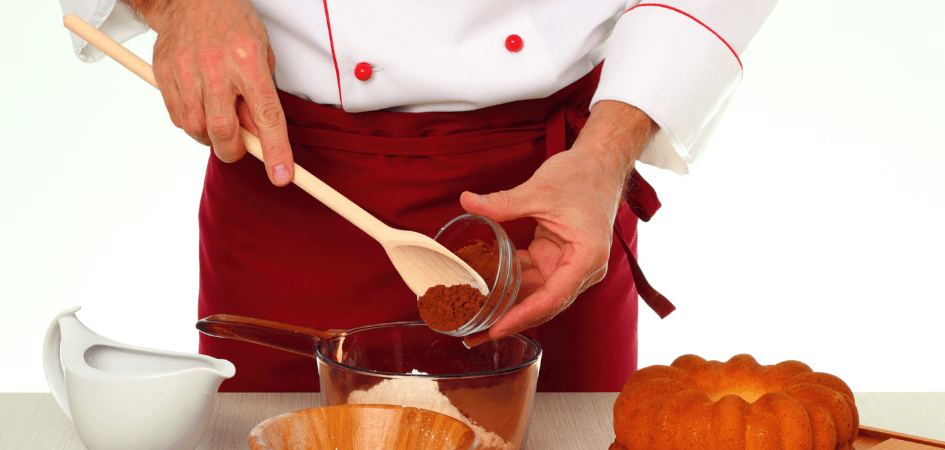
A little goes a long way. Since cocoa powder is so intensely flavoured, a small amount can give you the desired results. Refrain from increasing its quantity too drastically.
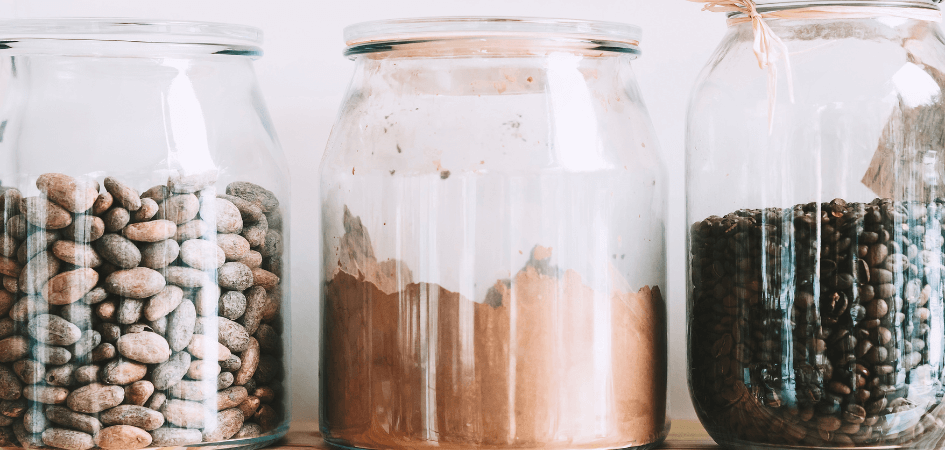
Store your cocoa powder at room temperature in an airtight jar or tin. Do not refrigerate since the moisture in the fridge can spoil the texture.
